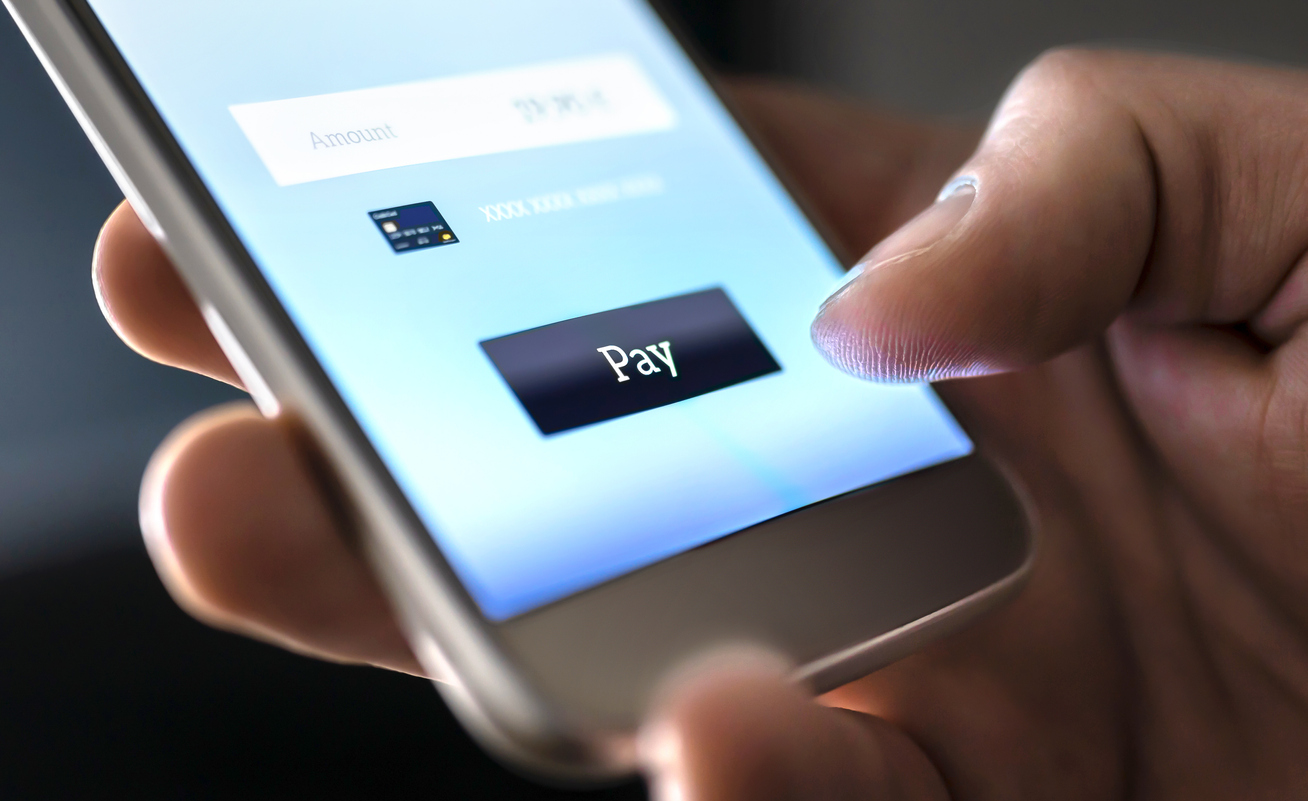Consumer payment options may not be the sexiest of topics to talk about in the retail world, but rest assured it’s certainly one of the most important you’ll come across. The act of purchasing a product is quite literally the core of retailing. Consumers come to you with a need — some product or service — and you sell it to them, either in person at your store or through an e-commerce enabled website.
While the concept itself remains a simple one, purchasing product in today’s retailing world couldn’t be more complex for the retailer. Cash, cards and checks are still acceptable methods of payment (although, if you were to pull out a checkbook today, you may get some looks). However, if you were to only offer paper and plastic payment methods you would be leaving a large chunk of your potential customer base — and their potential spend — out in the cold.
“If your customer can’t pay how they want to pay, and you’re only giving them one or two methods of payment, they’ve shown that they’re willing to go and take their money somewhere else,” Chris Kirk, Nationwide Marketing Group’s VP of Business and Financial Services, said in a recent Independent Thinking Podcast. “Much like we’ve been learning to meet the customer where they are in the marketing cycle and bring them into the store how they want to be brought in, we also want to make sure that they have a seamless experience with their payment transaction.”
To that end, retailers need to ensure they’re offering plenty of “alternative payment methods,” both in-store and online.
Alternative payment methods have risen to prominence over the past year largely because of the pandemic. But it’s not like they’ll just disappear once life returns to whatever normal looks like. During the past 20-some months, consumers discovered the convenience of these different payment options — everything from contactless terminals to “buy now, pay later” short-term financing, QR codes — and they’re sticking to them.
Just as an example, recent data from eMarketer showed that in-store contactless mobile payment usage grew 29% as the pandemic drove consumers to consider using presumably cleaner payment options. The report suggests that by 2025, 125 million smartphone users will make proximity-based mobile wallet payments, a figure that represents more than half of all smartphone users.
Mobile wallet payments aren’t just increasing in frequency either. eMarketer’s data suggests that the average annual spend per consumer will grow roughly 24% from about $1,970 per year in 2020 to over $3,000 by 2023.
Related to the rise of contactless mobile payments, cash payments fell by nearly 25% in 2020, according to a Federal Reserve report. They represented 19% of all payments made that year.
What should be of particular interest to the retailer here, though, is just how influential simply offering these alternative payment options can be on the shopper’s decision to make their purchase with your business. According to a recent Column Five report, one of the top reasons for cart abandonment among consumers is a retailer not offering that consumer’s preferred payment method. In fact, 56% of online buyers report wanting to see multiple payment options. Today, that includes offerings like Apple Pay, Google Wallet and PayPal on top of standard credit and debit card entry.
As a retailer, you’ve done all that work to get the customer to add that product to their digital shopping cart on your website, or they’re ready to take the plunge in person. You’ve driven the ball down to the goal line. Don’t fumble the sale away to the “other guys” simply because you were unable to let the customer give you their money how they want to.
Interested in learning more about alternative payments and how you can add them to your website or retail location? Contact Chris Kirk at chris.kirk@nationwidegroup.org.




